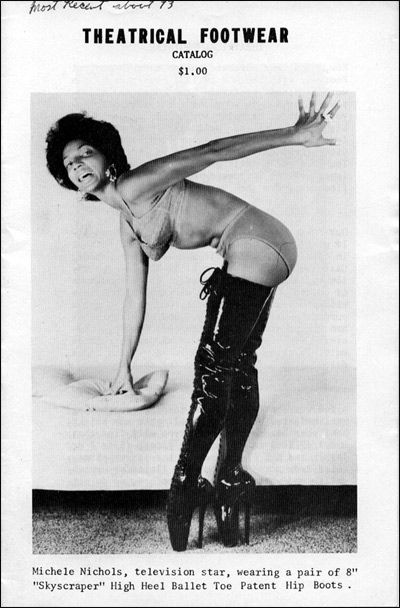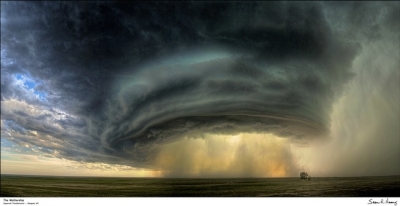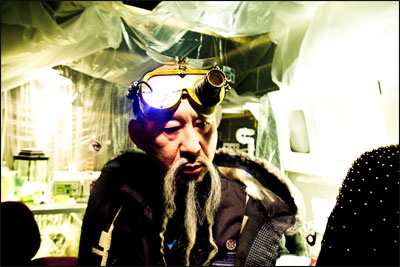The FAM: Star Trek TNG: Chain Of Command
It’s Friday, dear readers, which means that it’s time for a dose of whatever I can find on YouTube. Today the FAM invites you to get your nerd on, because today we are showing “Chain of Command,” or episodes 10 and 11 of the sixth season of Star Trek: The Next Generation, recognized far and wide as the best Star Trek. Don’t you argue with me. Broadcast on WPIX New York beginning with its first episode until at least 7 or 8 years after its run ended, it still, to me, represents some of the finest sci-fi ever shown on television, and “Chain of Command” (more specifically the Part 2) is an especially outstanding episode.
Indeed, the first half of “Chain of Command” gives no indication that it will stray very far from the structures and motifs of that standard episode. It may seem strange at first to have Patrick Stewart’s Jean Luc Picard play commando and stranger still to see another captain on the bridge of the Enterprise but the writers do not stray too far out of the show’s comfort zone.
With the capture of Picard at the end of the first part, things take a decidedly darker turn. The second part of “Chain of Command” quickly becomes one of the more sinister chapters in the series as we are shown the interrogation of Picard by the Cardassian Gul Madred. Madred is played by David Warner, who shows, as he did in Time Bandits, that he absolutely relishes being the villain.
It also happens to be (both at the time and now) one of the more accurate portrayals of torture shown on television. Perhaps best known for it’s “How many lights are there?” homage to Nineteen Eighty-Four, the images of Picard stripped naked and hoisted into a stress position are perhaps more unsettling since the coinage of “enhanced interrogation techniques”. As Slate’s Juliet Lapidos noted while discussing J.J. Abrams’ Apple store inspired reboot, even the Cardassian’s reasoning for keeping the Enterprise captain seems prescient:
When Picard’s comrades on the Enterprise learn of Picard’s capture, they insist that the Cardassians abide by the terms of a Geneva-like “Solanis Convention.” The Cardassians rebuff the request: “The Solanis Convention applies to prisoners of war … [Picard] will be treated as a terrorist.”
All of this is wrapped up in the typical Star Trek cheesiness, which you either find wretched or endearing. I long ago trained myself to overlook these things. Watching Warner and Stewart go at it here is a treat and they do wonders with dialogue littered with references to alien delicacies and imaginary planets. The other half of the plot, aboard the Enterprise, is fairly standard and may not appeal to those who aren’t fans of the show. To be honest, I think I would have preferred the entirety of the story taking place in that room, excising any of the events taking place elsewhere until Warner was informed of his prisoner’s release, though two hours of that may have been expecting too much of its audience. Nevertheless it remains one of my favorite episodes from (I reiterate) the best Star Trek.
And that’s going to do it for this week’s Friday Afternoon Movie. We shall see you next week. You may now return to your normal levels of nerdery.













